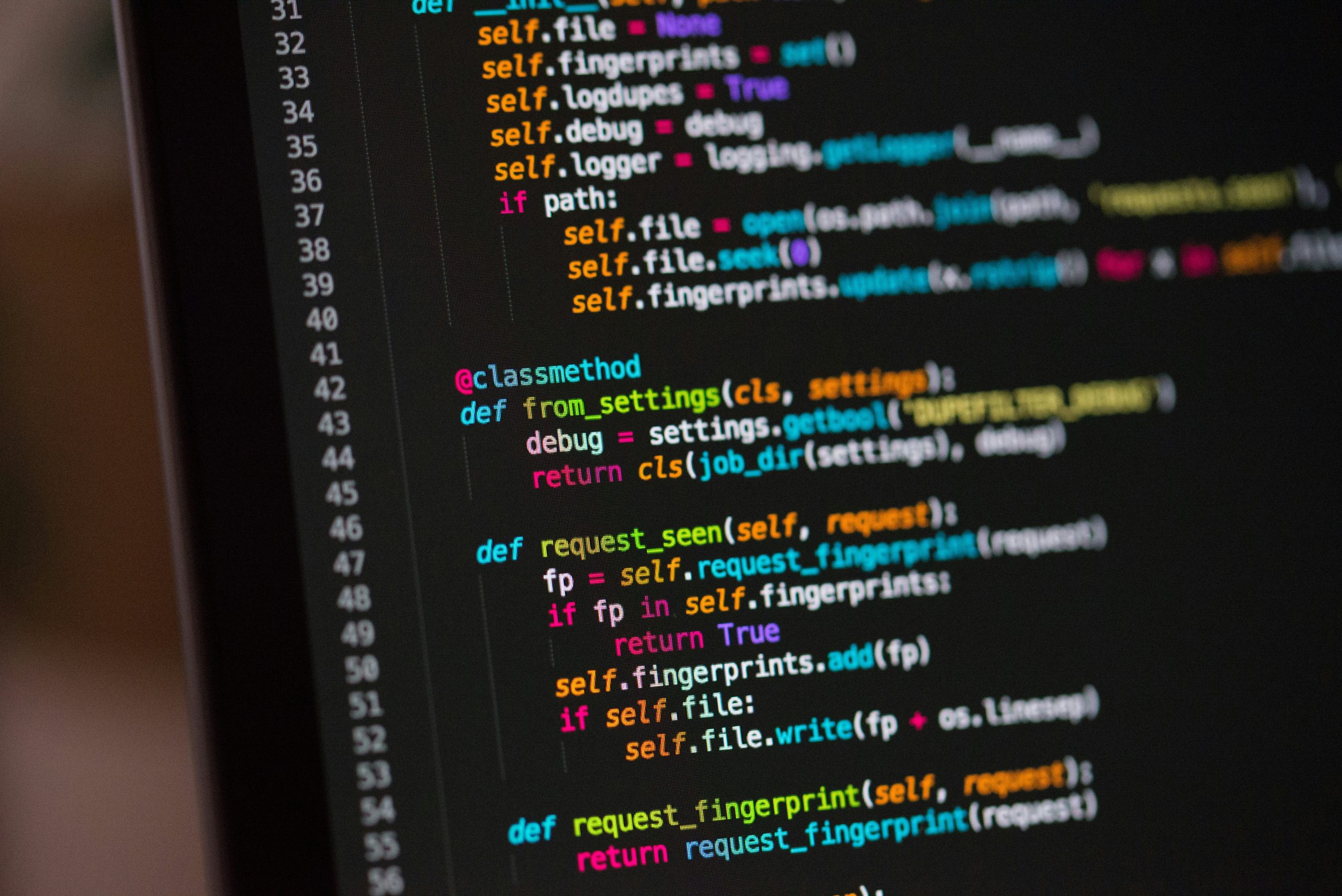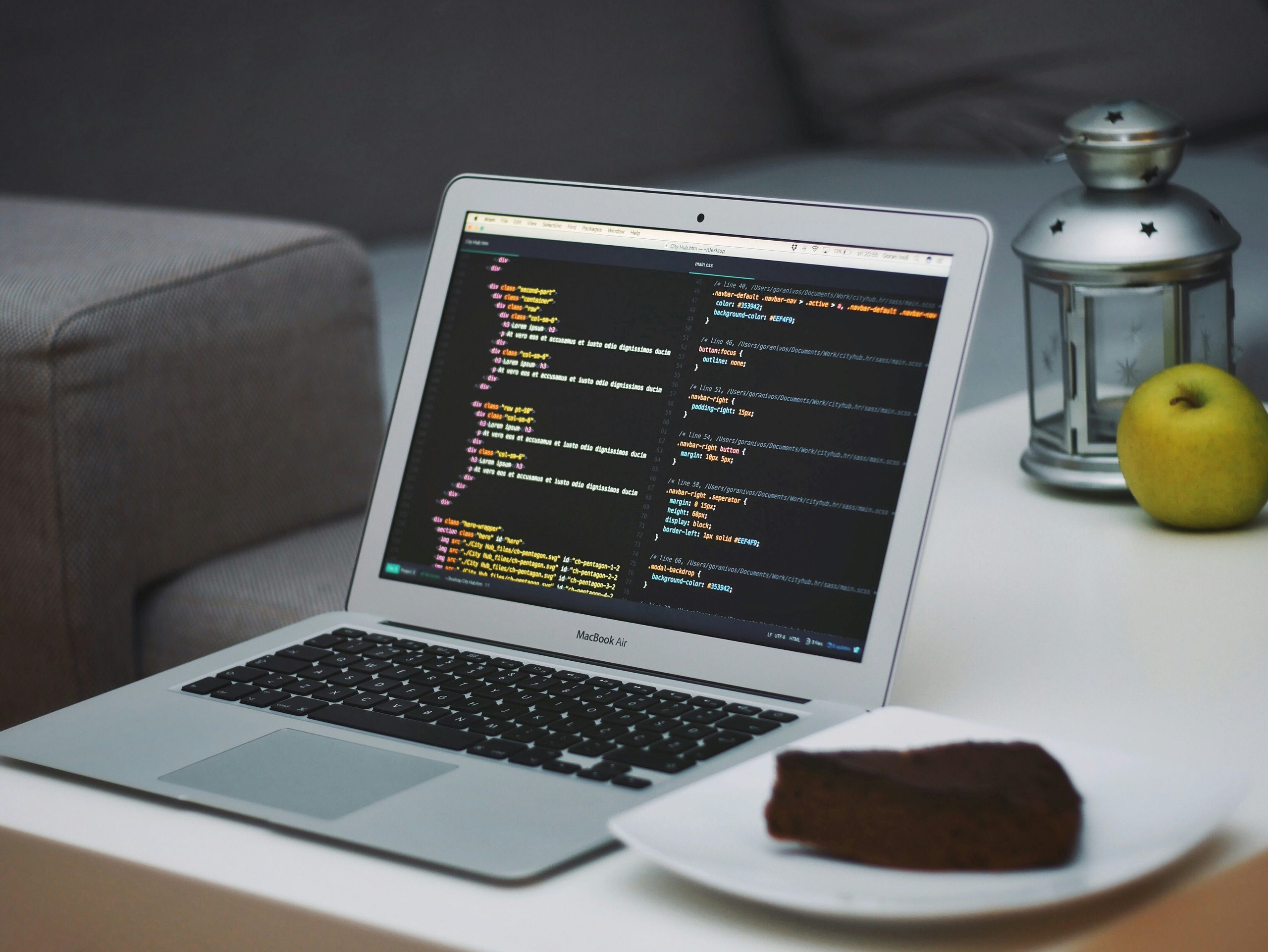Have you ever been eager to dive into the world of Python programming, only to be met with a frustrating roadblock in the form of a fatal error during installation? Don’t worry, you’re not alone. Many aspiring Python enthusiasts have faced this daunting challenge at some point in their journey. But fear not, for this article is here to guide you through the maze of troubleshooting steps and solutions to help you fix that pesky fatal error and get back on track towards mastering the Python language.
Introduction: Understanding fatal errors in Python installation
Fatal errors during Python installation can be a frustrating roadblock for many developers. Understanding the root causes of these errors is crucial in order to effectively troubleshoot and resolve them. One common reason for fatal errors is an incomplete or corrupted download of the Python installer. This can lead to unpredictable behavior during installation, resulting in error messages that may seem cryptic to the untrained eye.
Another factor that can contribute to fatal errors is incompatible system configurations. Ensuring that your system meets the minimum requirements for the version of Python you are trying to install is essential. Additionally, conflicts with existing software or antivirus programs could also trigger fatal errors during installation. By identifying and addressing these underlying issues, developers can streamline their Python installation process and avoid unnecessary setbacks in their coding journey.

Common Causes: Incorrect version, conflicting dependencies
When encountering a fatal error during Python installation, one common culprit is using an incorrect version of the Python installer. The mismatch between the installer version and the system’s architecture or requirements can lead to installation failures. Additionally, conflicting dependencies can cause issues during the installation process. Dependencies are external libraries or packages that a program relies on to function properly. If there are conflicting versions or missing dependencies, it can result in fatal errors.
To address these challenges, it’s crucial to ensure that you are using the correct version of Python installer compatible with your system specifications. Verifying and resolving any conflicting dependencies before initiating the installation process can help prevent fatal errors down the line. Checking for updated versions of both Python and its dependencies can also mitigate potential compatibility issues during installation. By taking proactive steps to address these common causes, users can streamline their Python installation experience and avoid encountering fatal errors altogether.
Troubleshooting Steps: Verify system requirements, update Python
When faced with a fatal error during Python installation, it’s crucial to start by verifying the system requirements. Oftentimes, compatibility issues arise due to outdated operating systems or insufficient hardware specifications. By ensuring that your system meets the minimum requirements for Python installation, you can preemptively address potential errors.
Another effective troubleshooting step involves updating Python to the latest version available. New releases often include bug fixes and improvements that can resolve installation errors. This simple yet powerful action not only addresses compatibility issues but also enhances the overall performance and stability of Python on your system. Remember, staying up-to-date with software versions is key to avoiding common pitfalls during installation processes.

Check Environment Variables: Path settings, location of Python
When facing a fatal error during Python installation, examining the environment variables is crucial. The path settings play a significant role in ensuring Python is located and accessed correctly. By checking these variables, users can verify if the path to Python executable is properly configured, aiding in successful installation.
Moreover, understanding the location of Python on your system is essential to troubleshoot installation issues effectively. Different operating systems may have varying default locations for Python installation. Therefore, being aware of where Python is installed can help pinpoint any discrepancies or errors that might be causing the fatal installation issue.
In conclusion, investigating the environment variables and confirming the accurate location of Python are key steps in resolving fatal errors during installation. These aspects provide valuable insights into troubleshooting strategies and enable users to address potential roadblocks with precision.
Reinstalling Python: Clean uninstall, fresh installation steps
Reinstalling Python can be a daunting task, but with proper steps, it can be a seamless process. To begin, ensure to perform a clean uninstall of Python from your system by removing all related files and directories associated with the old installation. This step is crucial to avoid any conflicts or errors during the fresh installation process.
Once you have successfully uninstalled Python, proceed with a fresh installation by downloading the latest version of Python from the official website. It is essential to follow the installation steps carefully and choose appropriate settings based on your system requirements. Taking this approach not only fixes fatal errors during installation but also ensures that you have an updated and stable version of Python running smoothly on your machine.

Seeking Help Online: Forums, community support for guidance
When encountering a fatal error during Python installation, seeking help online can be a game-changer. Forums and online communities offer a wealth of knowledge and support from experienced developers who have likely faced similar issues. By actively engaging in these platforms, you not only gain access to specific solutions but also benefit from the collective wisdom of the community.
Moreover, participating in forums and seeking community support can provide alternative approaches or insights that you may not have considered on your own. This collaborative environment fosters innovation and encourages experimentation, allowing you to explore various troubleshooting methods to resolve the fatal error effectively. Embracing this digital camaraderie can ultimately save you time and frustration while empowering you to navigate technical challenges with confidence.
Conclusion: Resolving fatal errors for successful installation
In conclusion, resolving fatal errors during Python installation is crucial for a successful setup process. One effective approach is to carefully review the error message to pinpoint the root cause of the issue. By understanding the specific error code or message, users can better navigate towards finding solutions through technical forums, official documentation, or seeking help from experienced developers in online communities.
Moreover, ensuring that system requirements are met and all dependencies are correctly installed can significantly reduce the likelihood of encountering fatal errors. Verifying compatibility with the operating system version and Python distribution being used is essential for a smooth installation process. By following these proactive steps and leveraging available resources, individuals can address fatal errors effectively and proceed with setting up Python for their intended projects without unnecessary setbacks.
